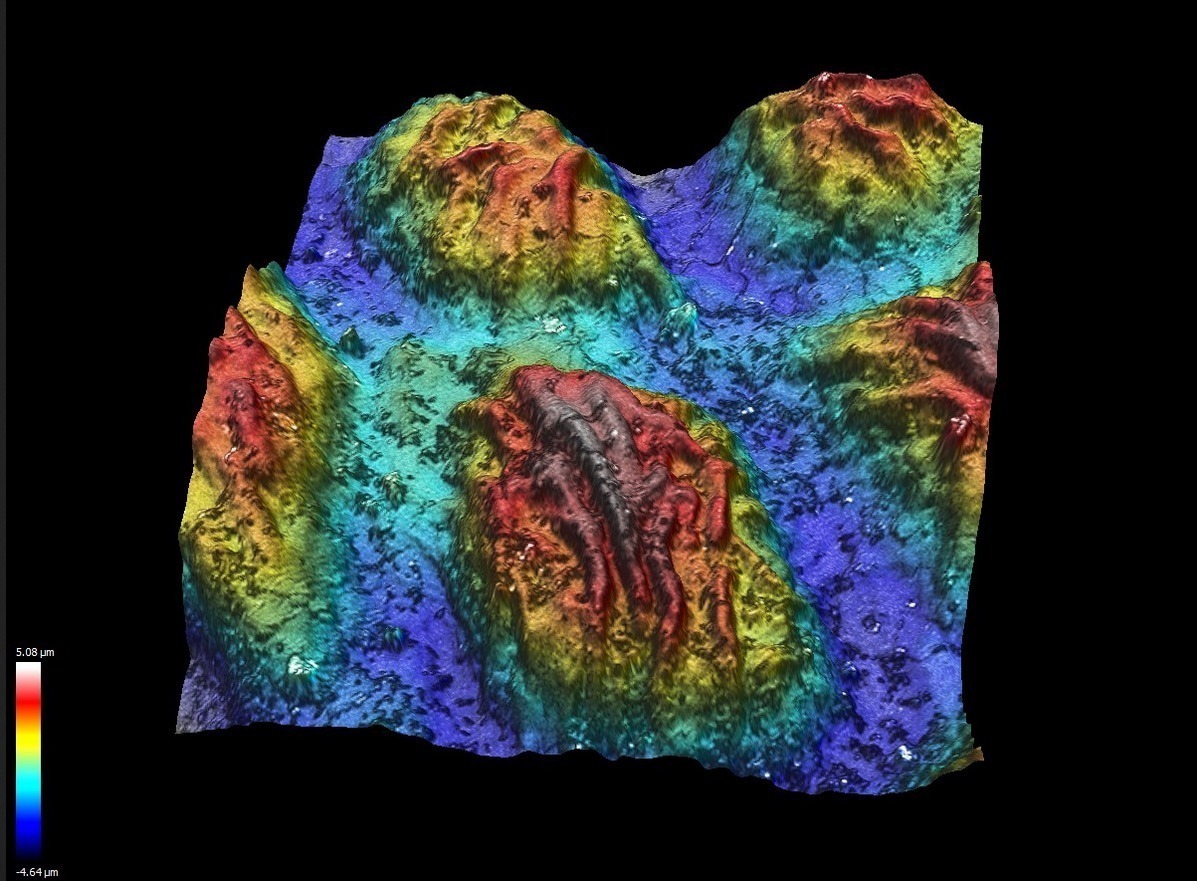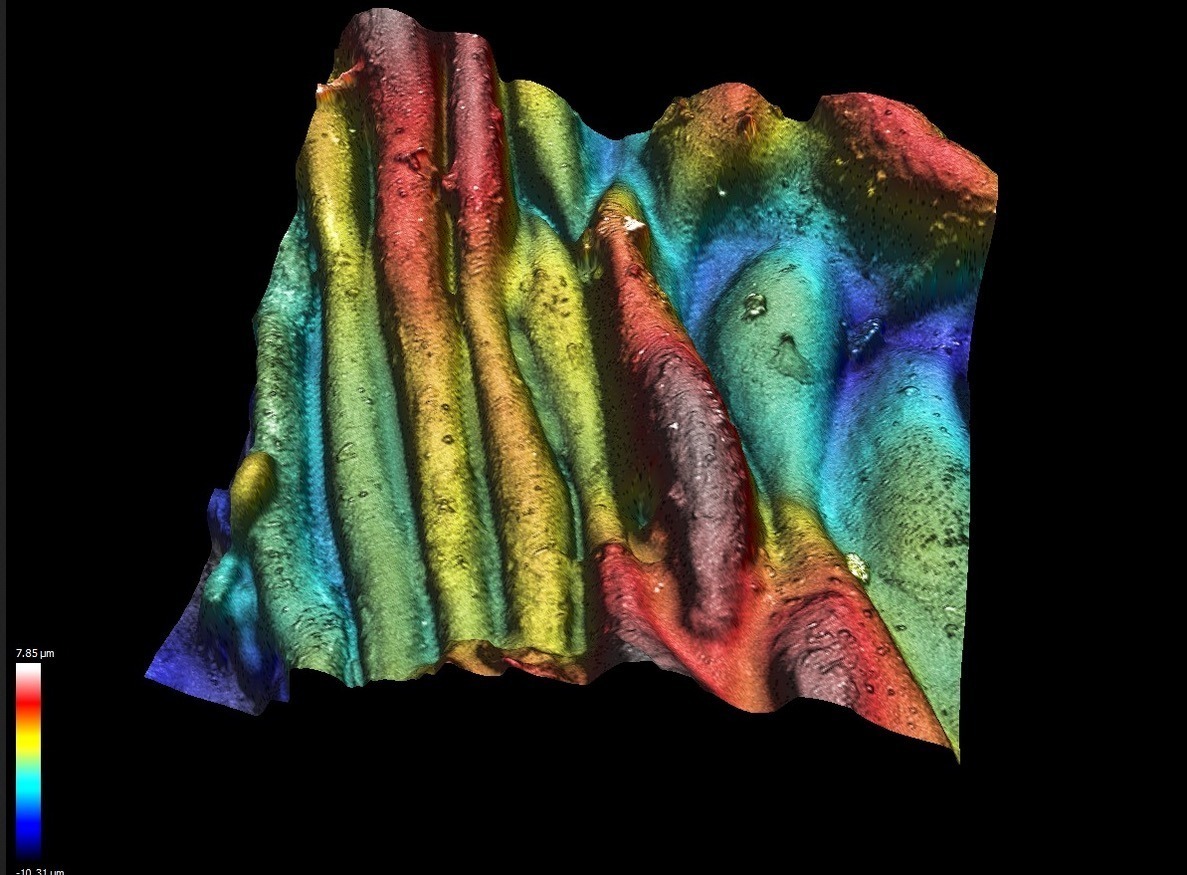The leaf of the Ginkgo biloba, the plant native to China that is striking for the yellow of its autumn foliage, has a characteristic that is also of great interest to materials scientists. On its leaves, water collects in tiny round droplets, without spreading. In technical terms, ginkgo leaves are hydrophobic, they repel water, a property they share with other organisms in the plant and animal world, for example, the lotus flower or the feathers of the penguin. This property, which depends on the structure on a microscopic scale of the surface, can prove useful in many ways in the production of artificial materials: an aeroplane wing made of a hydrophobic material would, for example, prevent ice from forming, while a completely hydrophobic glass would have no cleaning problems. And again: certain materials with this characteristic would become much more resistant to wear and tear.

In order to recognise and classify surfaces on a nanometric scale, the MUSAM Lab of the IMT School for Advanced Studies Lucca has devised a sort of digital encyclopaedia of natural and artificial surfaces. The properties of surfaces, in fact, influence many characteristics of materials, not only hydrophobicity but also the conduction of heat or electricity: being able to reproduce them is the aim of much of the research to obtain materials with optimal characteristics for various uses. The project is called Wiki Surface, and is conceived as an open database, accompanied for each material surface analysed by a kind of datasheet - actually a data file expressing the 'altitude' distribution of the points on the surface - which describes its characteristics for the experts. The surfaces are analysed with an optical profilometer, an instrument in the MUSAM laboratory, which can reveal surface roughness in the nanometre to millimetre range.

"Wiki Surface is an open database, which anyone can consult, and to which anyone can contribute files on new materials, whether natural or artificial," explains Maria Rosaria Marulli, a researcher at the IMT School and head of the project with Jacopo Bonari, also a researcher at the MUSAM Lab. "So far, many types of leaves have been characterised, from strawberry leaves to tomato leaves, as well as various types of asphalt and even mortar surfaces from prehistoric times. The aim is to obtain as large an archive as possible, to make it available to researchers working on material optimization".
Chiara Palmerini